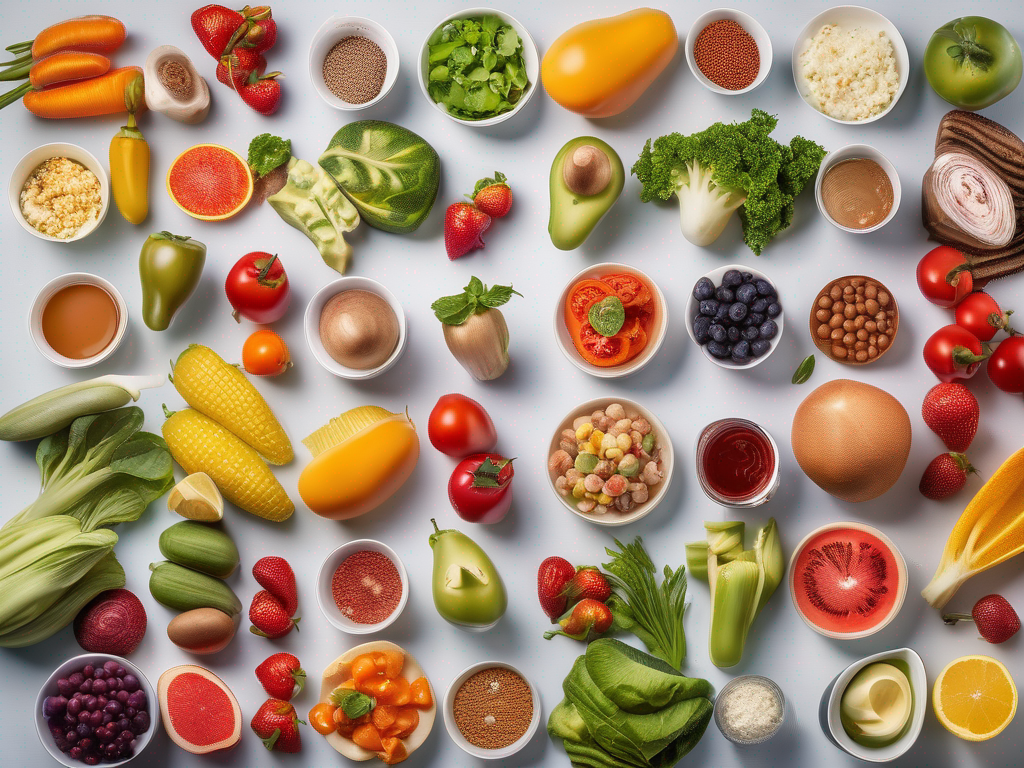
The Importance of Food Safety and Storage
The Importance of Food Safety and Storage
Food safety and proper storage are crucial aspects of maintaining a healthy diet and preventing foodborne illnesses. Whether you are a seasoned chef or a novice cook, understanding the best practices for handling, storing, and preparing food is essential. In this blog post, we will discuss the importance of food safety and storage, common food safety hazards, and practical tips to ensure the food you consume is safe and nutritious.
Food Storage Essentials
Products that help you store and preserve your food better
Disclosure: As an Amazon Associate, we earn from qualifying purchases. This helps support our site and allows us to continue providing free food safety information.
Why Food Safety Matters
Foodborne Illnesses
- According to the Centers for Disease Control and Prevention (CDC), approximately 48 million Americans get sick from foodborne illnesses each year.
- Foodborne illnesses can range from mild gastrointestinal discomfort to severe complications requiring hospitalization.
- Common symptoms of foodborne illnesses include nausea, vomiting, diarrhea, stomach cramps, and fever.
The Economic Impact
- Foodborne illnesses not only affect individuals and their families but also have a significant economic impact.
- Costs associated with medical treatment, lost productivity, and food recalls can be substantial.
- Maintaining proper food safety practices can help prevent these costly consequences.
Common Food Safety Hazards
Cross-Contamination
- Cross-contamination occurs when harmful bacteria from one food item are transferred to another, typically through contact with contaminated surfaces or utensils.
- To prevent cross-contamination, it is essential to use separate cutting boards for raw meat, poultry, and vegetables, and to wash hands and surfaces frequently.
Improper Temperature Control
- Bacteria multiply rapidly in the temperature danger zone, which is between 40°F and 140°F.
- Refrigerate perishable foods promptly and ensure your refrigerator is set to below 40°F.
- Use a food thermometer to ensure that meat, poultry, and seafood are cooked to the appropriate internal temperature.
Inadequate Handwashing
- Proper handwashing is one of the most effective ways to prevent the spread of foodborne illnesses.
- Wash hands with soap and water for at least 20 seconds before and after handling food, using the bathroom, or changing diapers.
Practical Tips for Food Safety and Storage
Recommended Food Storage Products
Keep your food fresh and organized with these storage solutions
Disclosure: As an Amazon Associate, we earn from qualifying purchases. This helps support our site and allows us to continue providing free food safety information.
Storing Perishable Foods
- Store perishable foods such as meat, poultry, seafood, and dairy products in the refrigerator at or below 40°F.
- Use airtight containers or wraps to prevent cross-contamination and extend the shelf life of foods.
Proper Handling of Leftovers
- Refrigerate leftovers promptly, within two hours of cooking.
- Label leftovers with the date they were prepared and consume them within 3-4 days.
Cleaning and Sanitizing
- Clean and sanitize cutting boards, countertops, and utensils with hot, soapy water after each use.
- Use a solution of 1 tablespoon of unscented bleach per gallon of water to sanitize surfaces.
Conclusion
Maintaining food safety and proper storage practices is essential for protecting yourself and your loved ones from foodborne illnesses. By following the tips outlined in this blog post, you can reduce the risk of contamination and enjoy safe, delicious meals every day. Remember, food safety is a shared responsibility, and each one of us plays a vital role in safeguarding our health and well-being. Stay informed, stay vigilant, and prioritize food safety in your daily routine.
Food Storage Essentials We Love
Products that help you store and preserve your food better
Disclosure: As an Amazon Associate, we earn from qualifying purchases. This helps support our site and allows us to continue providing free food safety information.
Scan your food directly and get instant safety info using our AI-powered camera feature.




